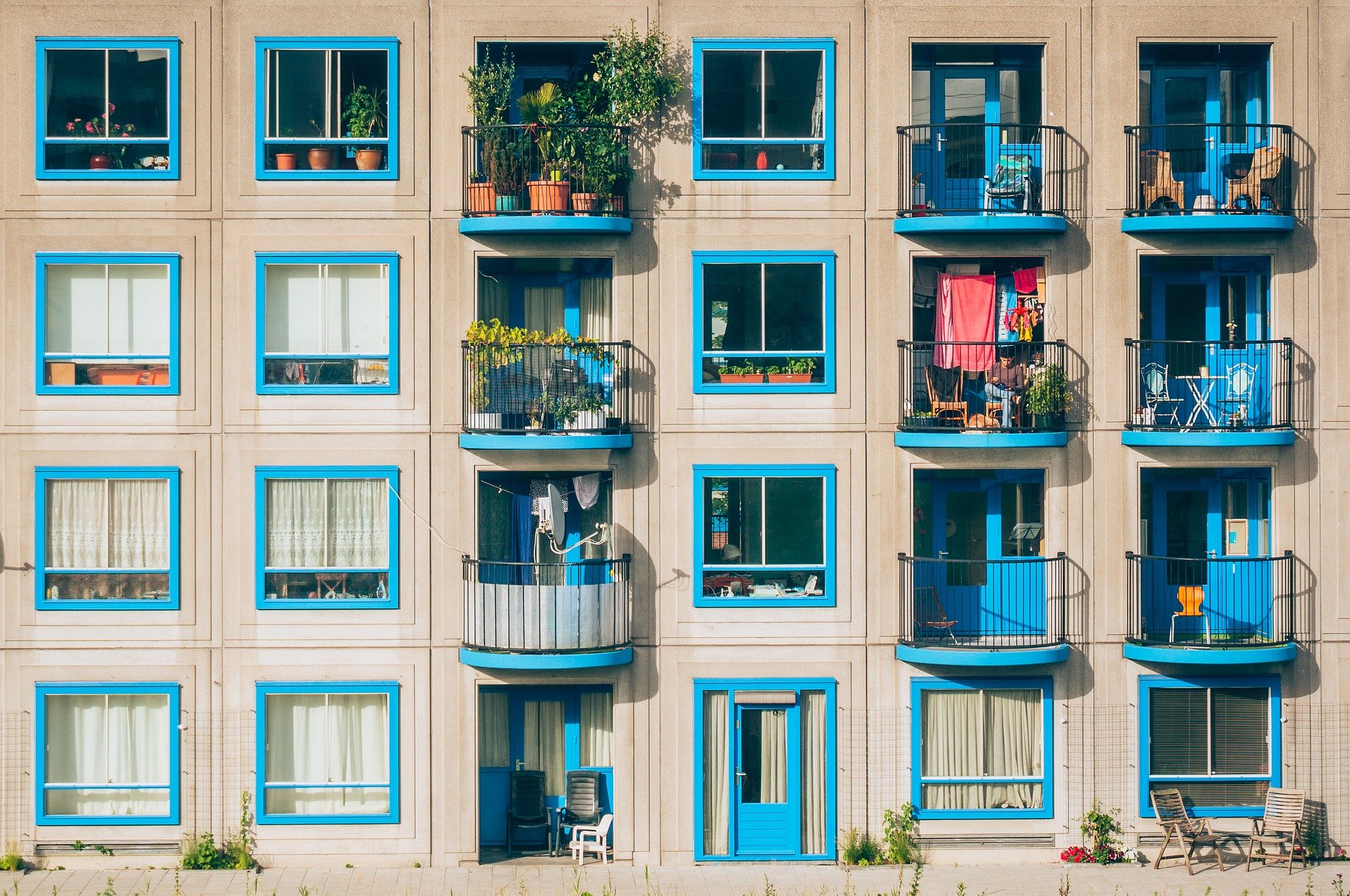Spanish social housing falls by more than 90% in 10 years. The figures emerge from a report by the Spanish Ministry of Traffic, Mobility and Urban Agenda. Spain lags far behind within the EU regarding social housing.
The number of social housing units continue to fall drastically in Spain. There are now 452,040 social housing units; 2.5% of the total number of (first) homes. There are 290,000 homes for rent.
In 2012, there were still 53,332 social housing units built in Spain. That fell to 17,059 new builds in 2013. Since 2014, when 15,046 homes were built, the number has not exceeded 10,000 annually. The gap between years like 2004 (54,630), 1994 (67,639) and 1984 (111,815) is huge.
Around 1985, the production of subsidised housing exceeded that of free housing and amounted to more than 50% of the total. In the last few years the percentage decreased again, although in a completely different context; the construction of free housing also reached a historic low.
Current numbers
Of the 2,364,837 Spanish social housing units built with government participation since 1981, only 19.1% now form part of social public housing, i.e. the 452,040 social dwellings mentioned above. That equates to 2.5% of the more than 18 million (first) homes in Spain. Of these, 290,000 homes (1.6%) are for the social rental sector. 180,000 social rental properties are owned by the autonomous communities and dependent institutions. City councils and their agencies own 110,000 properties.
Regional differences
Rental housing is particularly scarce in the sub-regions of Aragon (8%), Cantabria (9%), Castilla y León (8.5%), Castilla-La Mancha (2%), Extremadura (6%), Murcia (8.5%) and La Rioja (7%). The highest percentage of rental properties is in Catalonia (33.4%), Andalucia (22.8%), the Madrid region (22%) and the Basque Country (18%).
In absolute terms, Andalucia leads the ranking, with 49,794 properties rented out by the government. The Basque Country follows with 23,874 properties, and in third place, the Madrid region with 20,077 properties.
According to the Ministry of Transport, Mobility and Urban Agenda, there has been virtually no promotion of social housing over the past three years (2017, 2018 and 2019) in most autonomous communities. The exception is slight activity in Cantabria, Navarre, Catalonia and the Basque Country.
Spain far behind Europe
Spain lags far behind the rest of Europe. Within the European Union the average percentage of social rental homes is 9.3%. In countries such as the United Kingdom (17.6%), Sweden (19%), Denmark (20.9%) or the Netherlands (30.0%), the figures are much higher. In absolute figures, France is the country with the largest number of social housing units, followed by the United Kingdom, the Netherlands and Germany.
Second homes
Spain is the country within the EU with the largest number of second homes: 7,124,930. This number is far above the numbers of second homes in the countries with the largest populations: the United Kingdom (1,177,370), Germany (3,643,838), France (5,630,895) and Italy (7,072,984).


